J.J. Abrams’ “Star Trek Into Darkness” is his second attempt at a “Trek” film. His first go was in 2009 with the introduction of “Star Trek,” a film set in an alternate reality due to incursions from the future that change the way characters were raised and got to know each other.
This causes many problems and introduces seemingly deliberate plot holes. The relationships that were born and developed on television in the 1960s, and then reexplored in the 1980s with six “Trek” films, is all washed away because they never happened in Abrams’ universe. Those relationships no longer exist, but Abrams is treating them as if they do and not bothering to develop them himself through good story telling.
It’s the price Abrams must pay for changing the timeline. Sure, “Star Trek 2009,” as it has come to be known in the Trek community, was a spectacle of what “Star Trek” could be as an action film, but since Abrams has admitted to not being a fan of the series on more than one occasion, he lazily piggybacked on emotional ties that he himself destroyed when he changed the timeline in favor of his new, more “hip” film in 2009.
“Star Trek Into Darkness” begins with James T. Kirk, played by Chris Pine, getting his ship, the Enterprise, taken away from him for violating Starfleet’s Prime Directive regarding non-interference to alien cultures. Kirk is directed to return back to Starfleet Academy, while his first officer Mr. Spock, played by Zachary Quinto, is transferred to another ship.
Amid all of this drama, a top secret Starfleet installation, code named Section 31, is bombed. The man who orchestrated the bombing is going by a fake name. It was a poor attempt to build up the twist that the adversary is actually Khan Noonien Singh, a villain made famous in the original “Star Trek” series, and brought back for the now-famous “Wrath of Khan” film in 1982.
In a way that seems to have taken little effort or thought, Kirk is immediately repromoted to first officer of the Enterprise by his predecessor Admiral Christopher Pike, played by Bruce Greenwood, who has taken over command of the ship.
After a short series of events, 10 minutes later, of course, Kirk has command of the Enterprise once again.
Although Benedict Cumberbatch, who plays the role of Khan, does an amazing job, the film ends up a watered down version of 1982’s “Wrath of Khan.”
Not only does Abrams bank on emotional attachments that aren’t really there, he manages to belittle “Wrath of Khan’s” epic ending with a copout version of his own.
Spoiler alert: Spock yells out “Khan.” End of spoiler.
The film is filled with epic space sequences which Abrams introduced in 2009, but the film is overflowing with Abrams’ signature lens flares everyone expects from his films. However, they are so overused, at times there doesn’t even seem to be a light source that is making them, so it appears that people have lens flares flowing out of their bodies and is a major distraction.
Casting was well done. Cumberbatch played his role very well, at times it almost seemed like there was an effect placed on his voice to make him sound as evil as he did. Alice Eve was a nice addition as a character that Trek fans of old know will go far. Peter Weller, who rose to fame in the 1980s playing the lead role in “Robocop,” has always proven to be a good casting choice, and his role as Admiral Alexander Marcus was very well done.
The best part of the film takes place on the Klingon homeworld, Kronos, where we finally get to see Abrams’ version of Klingon warriors in action.
The film is upbeat and fun, but it is really hard to see how anyone that doesn’t know the long history of the franchise can come in and have the faintest idea why they should care about any of these people.
It was a good attempt, but it may be best that this is Abrams’ last “Trek” film. Good luck “Star Wars” fans.
C+

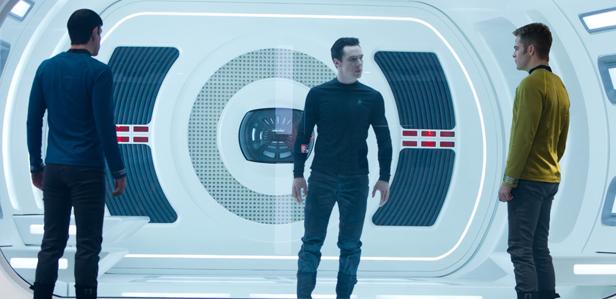
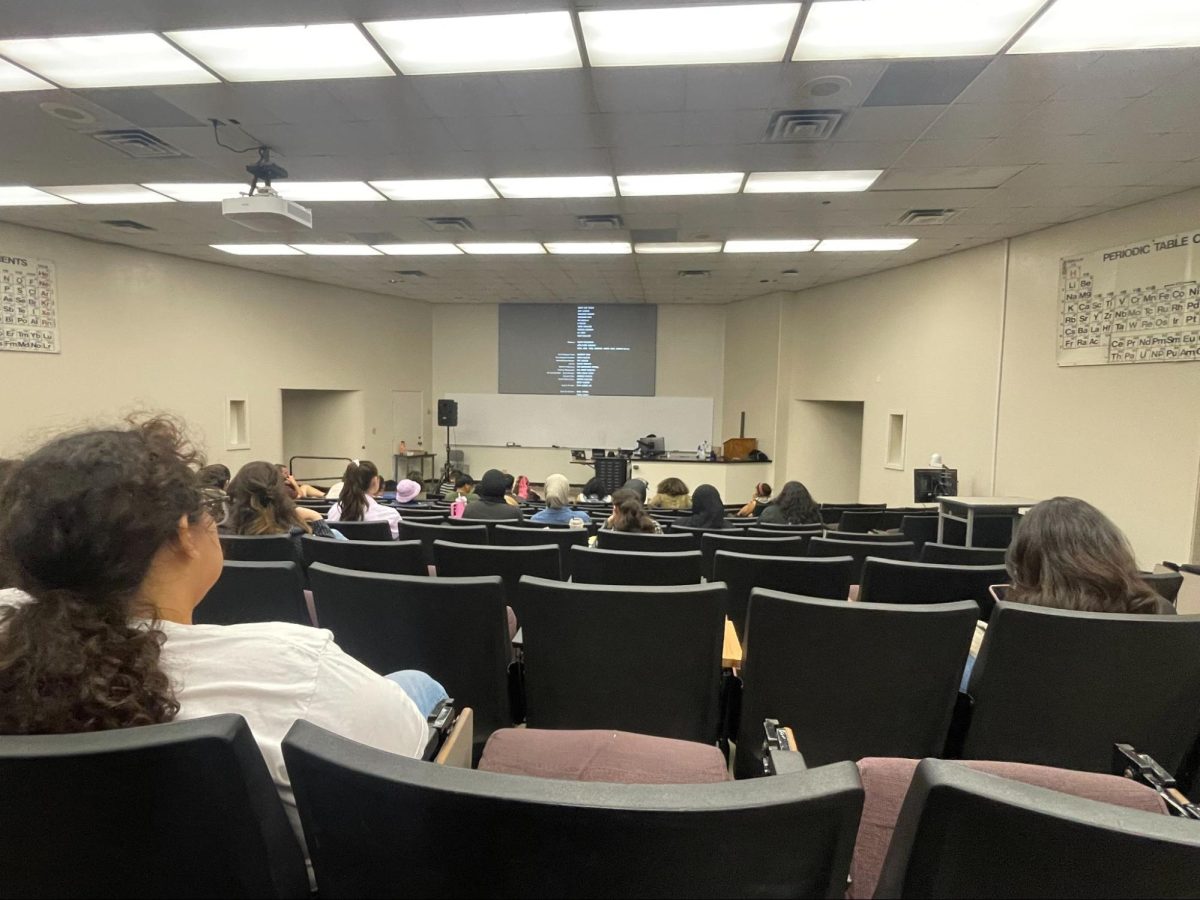
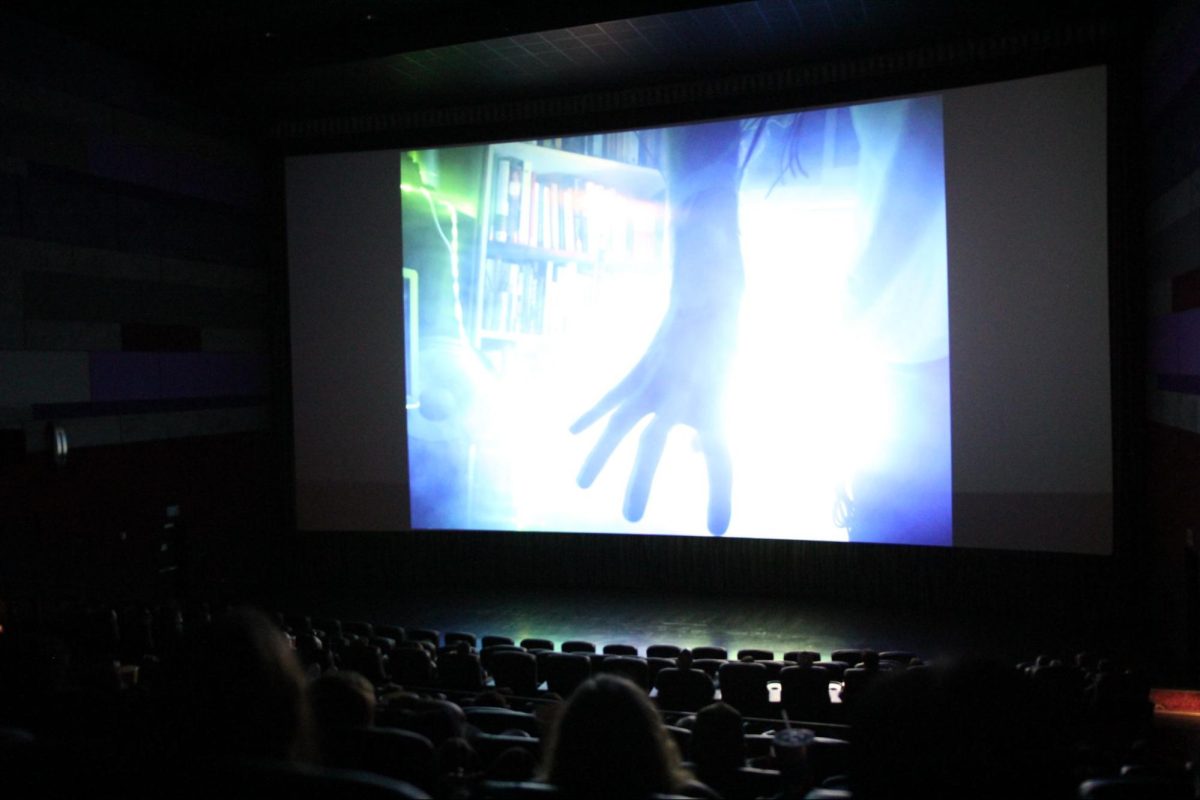


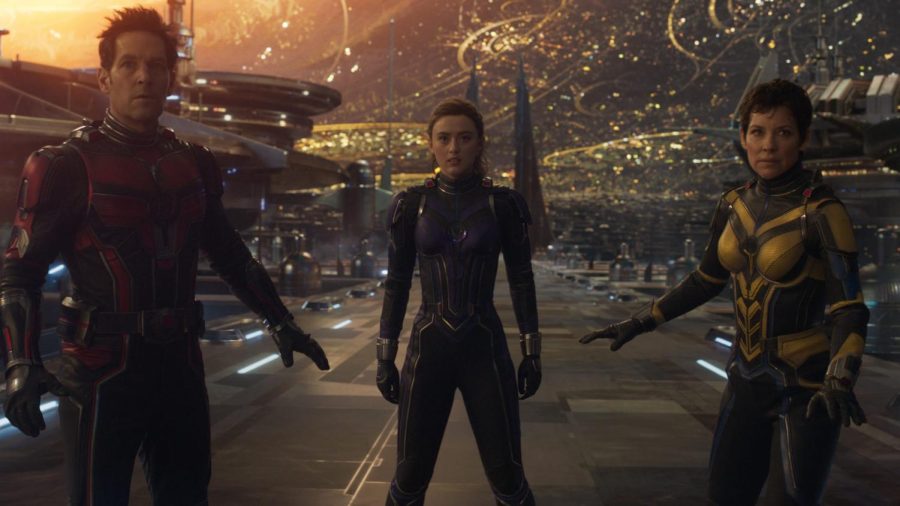

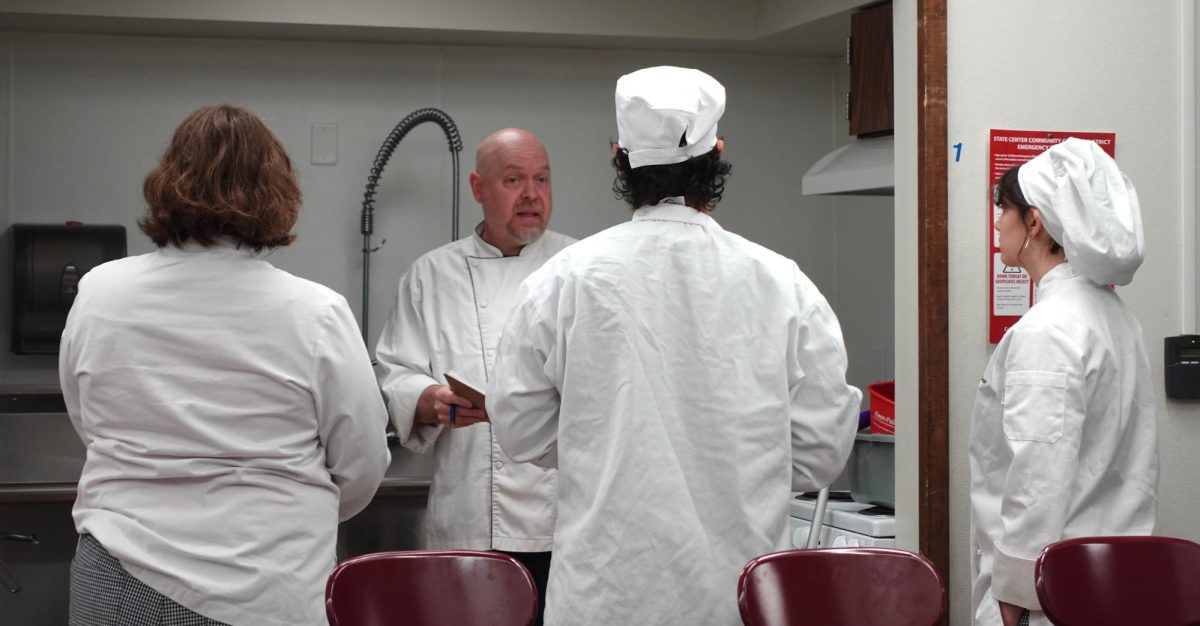





![[File Photo] On Wednesday, Feb. 19 Ed Madec coached what could be his final game as the Ram's head coach against the Reedley Tigers. Madec is currently under investigation for possible violations of CCCAA regulations.](https://www.therampageonline.com/wp-content/uploads/2020/03/Madec-900x600.jpg)




